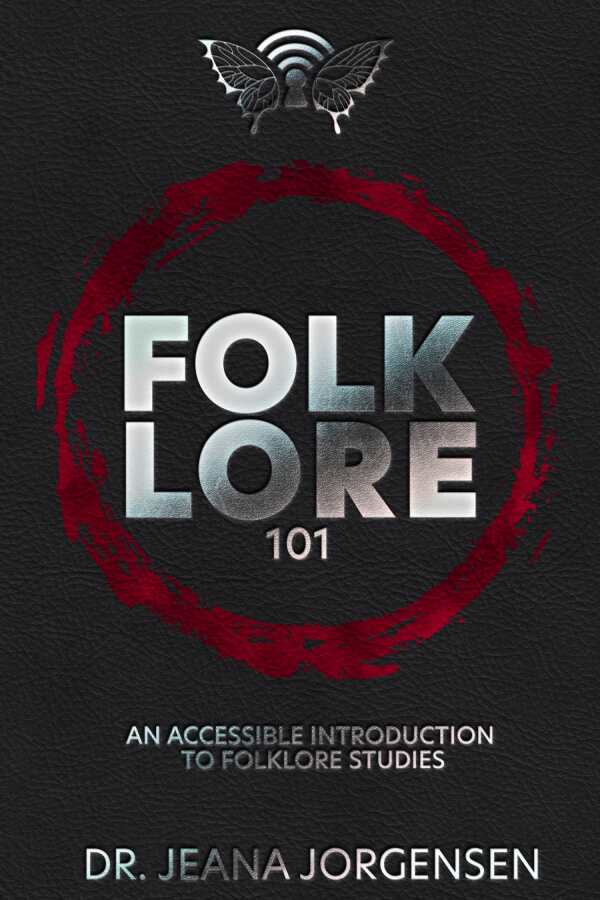Folklore 101
An Accessible Introduction to Folklore Studies
Folklore 101 is an approachable, enjoyable dive into a fascinating academic field—a “DIY folklore class” for the curious.
Jeana Jorgensen’s punchy overview of folklore studies, Folklore 101, includes cogent explanations of verbal folklore, material objects, and folk activities and beliefs, as researched and described by scholars.
Jorgensen’s enthusiastic prose, opinions, and suggestions for further research form an engrossing introduction to her wide-ranging and “difficult to define” subject matter. Basic folklore concepts, categories, genres, and special topics are presented with short summaries, references, and quotes from noted folklorists. The book often includes several examples to help with visualization. Each short chapter is capped with references for further reading, while the clear, detailed prose is enlivened by slang, wit, and conversational asides. The frequent use of reflexive questions invites audiences to consider the folklore in their own lives.
The book notes that, while fairy and folk tales do form the traditional heart of folklore studies, there are so many other folkloric forms, including dances, food, proverbs, clothing, jokes, and body art. Indeed, “folklore” encapsulates a wealth of informal transmitted beliefs and behaviors that reinforce shared identities within groups of people; as such, folklore examples can be as diverse as short-lived political memes, or last over many generations, as with traditional quilting patterns, legends, and folk medicine practices.
Jorgensen’s passion for the cultural creativity and diversity of folklore types is evident, though she cautions that folklore “isn’t all fairy tales and unicorns.” It can incorporate misogynistic and racist views of marginalized populations, even though fieldwork requires nonjudgmental study. While some repugnant types of folklore promote “stereotypes that should die in a fire,” the book asserts folklorists need to maintain a critical distance as they interview, observe, and document their subjects.
There is repeated mention of how folklore scholars of the past viewed folk cultures and folklore genres through their own biased perspectives, and assigned them “peasant” or “primitive” status. In contrast, the book’s perspective is that all people are “folk,” and all have their own overlapping folklore circles. These include family holiday traditions, hobby and friend groups, and religious and political affiliations. The compelling point is made that the rise of the internet resulted in new avenues for transmitting folklore, in all of its glorious and inglorious array. A fascinating discussion of the classification of, and recurrent motifs and themes in, folk and fairy tales from around the world and throughout history is undertaken, too.
The book’s illuminating avenues divulge the epic laws of folk narratives, how American folklore is distinguished by linear thinking and a laser focus on white Americans, the psychological subtexts of jokes, the social meaning of murder ballads, and other unusual subjects. A thought-provoking special topics section concludes the book with even more unique material regarding the folklore of women, children, occupational groups, and the disability community.
Folklore 101 is an approachable, enjoyable dive into a fascinating academic field—a “DIY folklore class” for the curious.
Reviewed by
Rachel Jagareski
Disclosure: This article is not an endorsement, but a review. The publisher of this book provided free copies of the book and paid a small fee to have their book reviewed by a professional reviewer. Foreword Reviews and Clarion Reviews make no guarantee that the publisher will receive a positive review. Foreword Magazine, Inc. is disclosing this in accordance with the Federal Trade Commission’s 16 CFR, Part 255.

